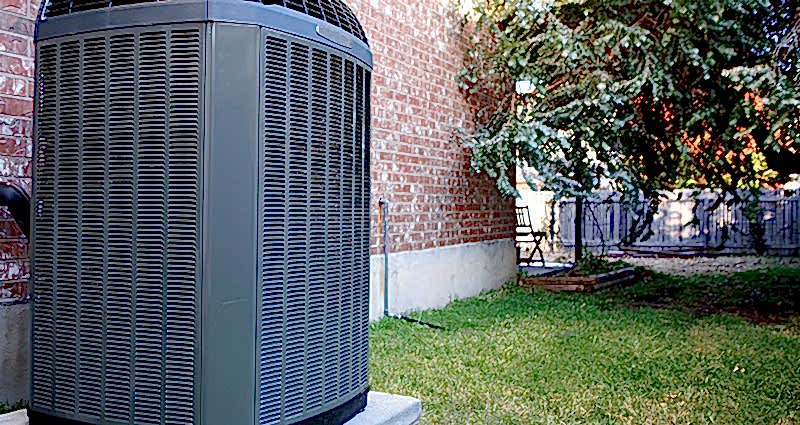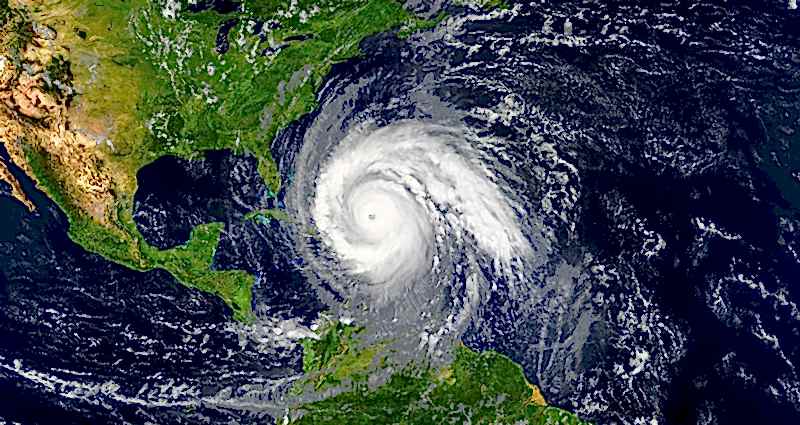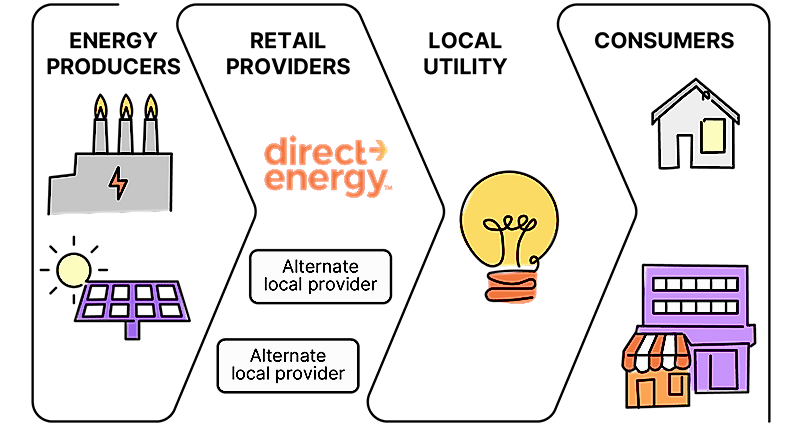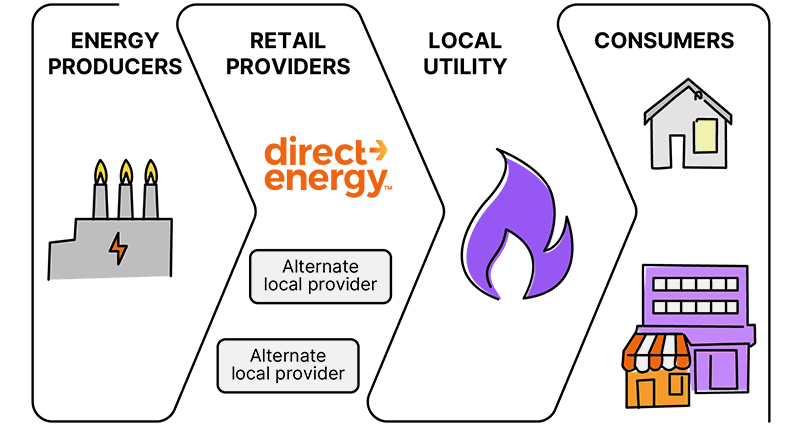It's a matter of degrees, but both situations are cause for concern
Understanding the difference between a flash flood warning and a flash flood watch is important. These two alerts' definitions differ from those of warnings and watches for other severe weather conditions, such as hurricanes. And you definitely shouldn't assume you know the difference between a watch and a warning just because you are familiar with winter storms.
Know the difference between a flash flood warning and a flash flood watch
It’s confusing, we know. If you’re watching a flood coming, shouldn’t that result in a warning? Well, not exactly.
When a flood is incoming, a flash flood watch is issued first. This means that current weather conditions will likely result in flooding. While a watch does not guarantee that a flash flood will occur, it is an excellent indication that your community will experience severe weather, like a thunderstorm, that has a high likelihood of bringing flood waters with it.
When conditions become clearer, a flash flood warning is issued, meaning a flash flood is either imminent or occurring. In some cases, a flash flood occurred so quickly that there wasn't enough time to send a flood warning alert.
Where do flash floods generally occur?
Depending on your location, plenty of places may be more susceptible to flooding than others.
For example, if you live in a more rural area, flash floods commonly occur in places like streams, rivers and low-lying roads.
Urban areas can also be very dangerous, with flooding happening in canals, storm drains and low-lying streets where drainage is overflowing.
If you find yourself in these conditions, you should stay away from these areas. Move to higher ground if you can and do not try and drive in these areas.
What should I do in a flash flood?
Most flash-flood fatalities occur because people either underestimate the power of fast-moving water or are unprepared for an emergency. Follow these six tips before and during a flash flood to keep your family safe during severe weather.
- Have an emergency plan and kit ready to go. If you're forced to evacuate, you need to know where to go. Learn the safe highways to take during a flood and which roads will likely collect water. It's good to have an escape plan formed before imminent danger so you can quickly reach safe territory during flood conditions. Also, prepare and store an easily accessible emergency kit, packed with essentials like flashlights and a phone charger for your car.
- Stay up to date on weather forecasts. If you have a mobile device, you're likely to receive a Wireless Emergency Alert (WEA) during flash flood conditions. It's still a good idea to be aware of possible severe weather before these alerts are sent out. The more notice you have, the better prepared you can be for weather hazards.
- Don't wait until a warning to take action. As soon as you know a flash flood is likely to occur, take action. Depending on where you live, this might mean evacuating to safer territory – just disconnect utilities and appliances first. It might also mean getting off the road and finding higher ground.
- Follow evacuation orders immediately. You don't have to wait for orders to evacuate, but you should follow them immediately once these orders are given.
- Move to the highest point possible and call 911 for help. If it's too late to evacuate your home, move your family to the attic or the highest point possible and call 911 for help.
- Do not drive or walk near flooded areas. Over half of flood-related deaths occur when people drive their vehicles into flood water. The next highest percentage of drownings are caused when individuals try walking into or near flood waters, according to the Centers for Disease Control and Prevention. It only takes six inches of fast-moving water to knock over most adults and 12 inches of fast-moving water to carry away smaller vehicles. Try to avoid walking or driving through a flooded area. Turn around – don't drown!
Flash floods are a serious, life-threatening weather hazard. To learn more tips about flood safety, visit the National Weather Service today.






































